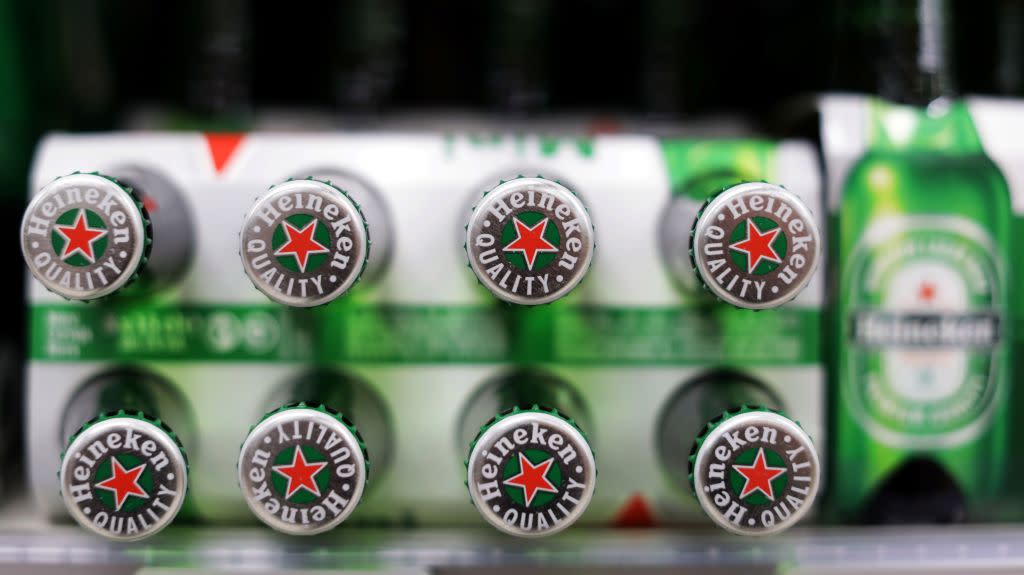Heineken thinks the US is a promising market for non-alcoholic beer

The world’s second-largest brewer, Heineken, is fizzing. Today, the company posted a solid profit for 2018, up 12% versus the previous year. The volume of beer sold under the flagship Heineken brand also jumped nearly 8% for the year, the fastest pace in more than a decade. This was driven, in part, by demand for Heineken 0.0, a non-alcoholic beer launched in May 2017.
The company’s bumper earnings caused the beer-maker’s stock to surge by more than 7% during trading, the largest single-day gain in more than four years.

Heineken 0.0 is now sold in 38 countries, up from the 16 that carried it in 2017. The company plans to push the non-alcoholic beer into even more markets this year.
Heineken’s US division recorded an overall decline in the volume of beer sold. Still, the brewer sees potential for Heineken 0.0 in the country, drawing on the success it has had with no- and low-alcohol beers in Europe, which recorded volume growth in the high single-digit percentages last year.
“We try it out with a belief that also in America there are moments where you don’t want to drink alcohol if you have people who never drink alcohol and you have people who love beer and don’t want to have alcohol in sight… or want to have a glass of beer and be able to take their automobile back home,” CEO Jean-François van Boxmeer told analysts on the company’s earnings call.
Low-alcohol beers are well suited “for several reasons or in sports clubs or all these kind of things,” he added. “It’s never [been] done in a serious way in America, but we think there is a [latent demand] for it.”
Broader trends in the global market for no- or low-alcohol beer are indeed encouraging. Between 1999 and 2017, global demand for the products grew by around 4% per year (pdf), double the rate of regular beer. Healthier living promoted by the booming “wellness” industry could continue to boost the popularity of low-alcohol alternatives.
Curiously, the only segment of the beer industry that has been growing faster than low-alcohol varieties is so-called “strong” beer, with an ABV of 5.5% or more. This is likely driven by the surge in craft beer, which tends to have amped-up alcohol content. Plenty of drinkers are developing a taste for these sorts of beers, too, but perhaps not after an intense session at the gym.
Sign up for the Quartz Daily Brief, our free daily newsletter with the world’s most important and interesting news.
More stories from Quartz:

